Carbon Monoxide: The Silent Killer
Carbon monoxide (CO), an odorless, tasteless and invisible toxic gas that could find its way into your scuba cylinder, has caused the deaths of divers all around the world.
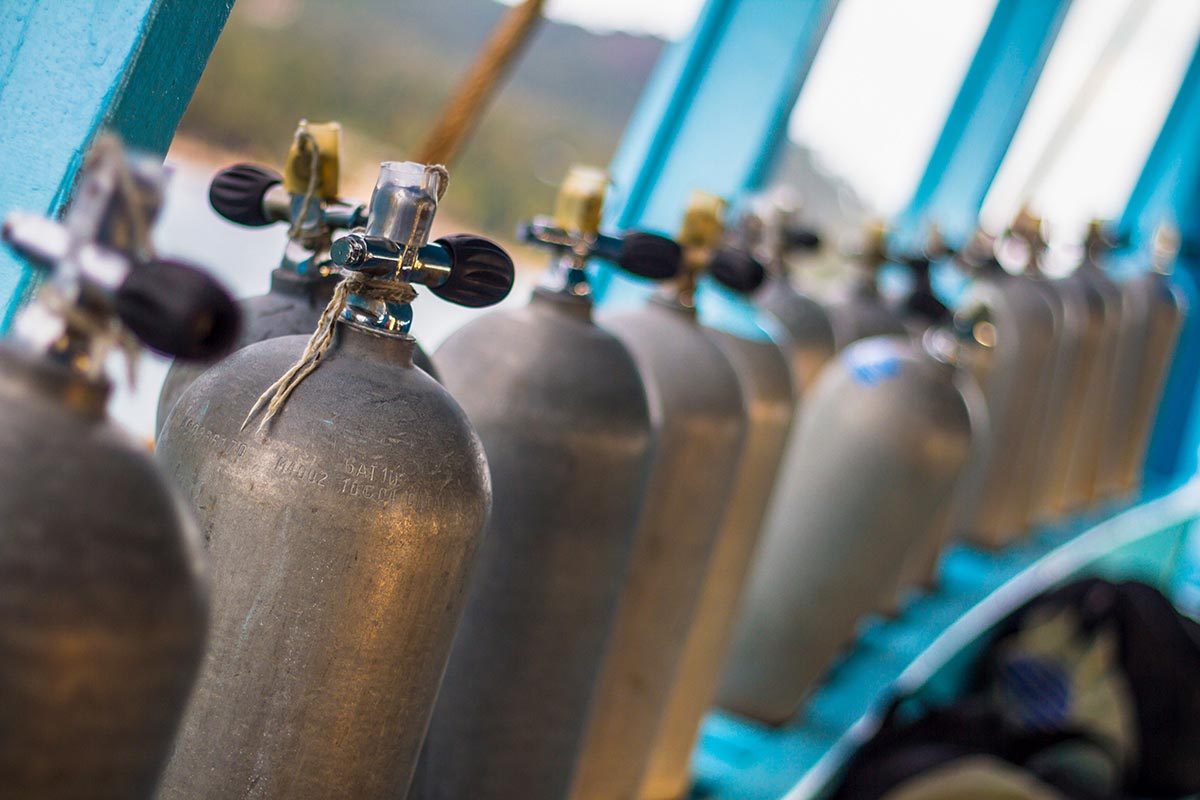
Carbon monoxide (CO), an odorless, tasteless and invisible toxic gas that could find its way into your scuba cylinder, has caused the deaths of divers all around the world.

Emergency action plans (EAPs) are made up of many components. But before the plan is even enacted, fully understand where disasters can occur.
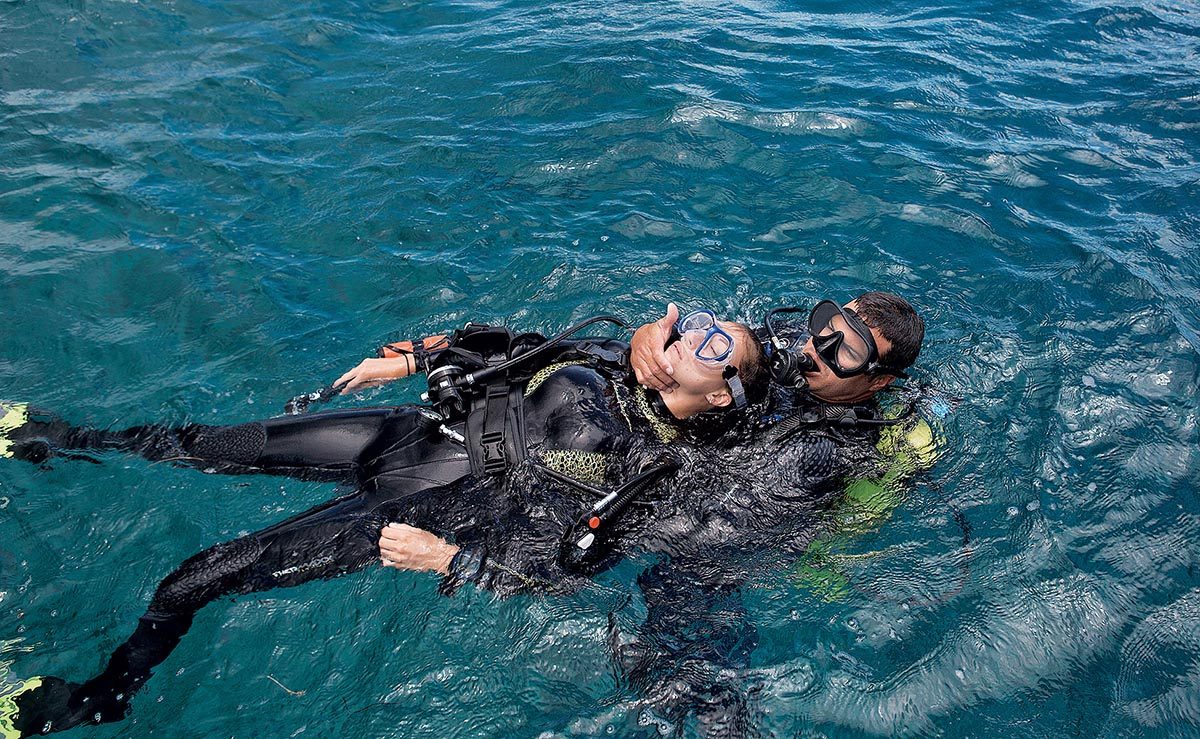
Does your business really need an emergency action plan? Yes. When creating your action plan, there are three main questions to consider.
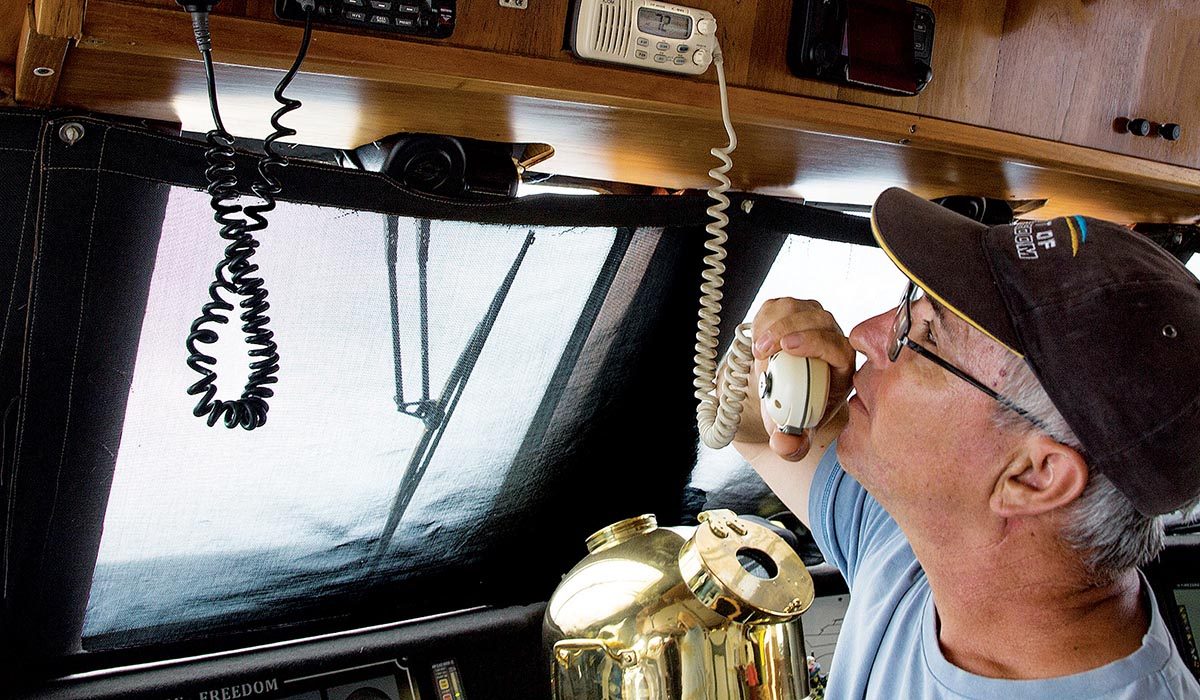
Does your emergency action plan address real concerns and prepare you for nearly any situation? Learn what to include in your planning to reduce risks and ensure safety.
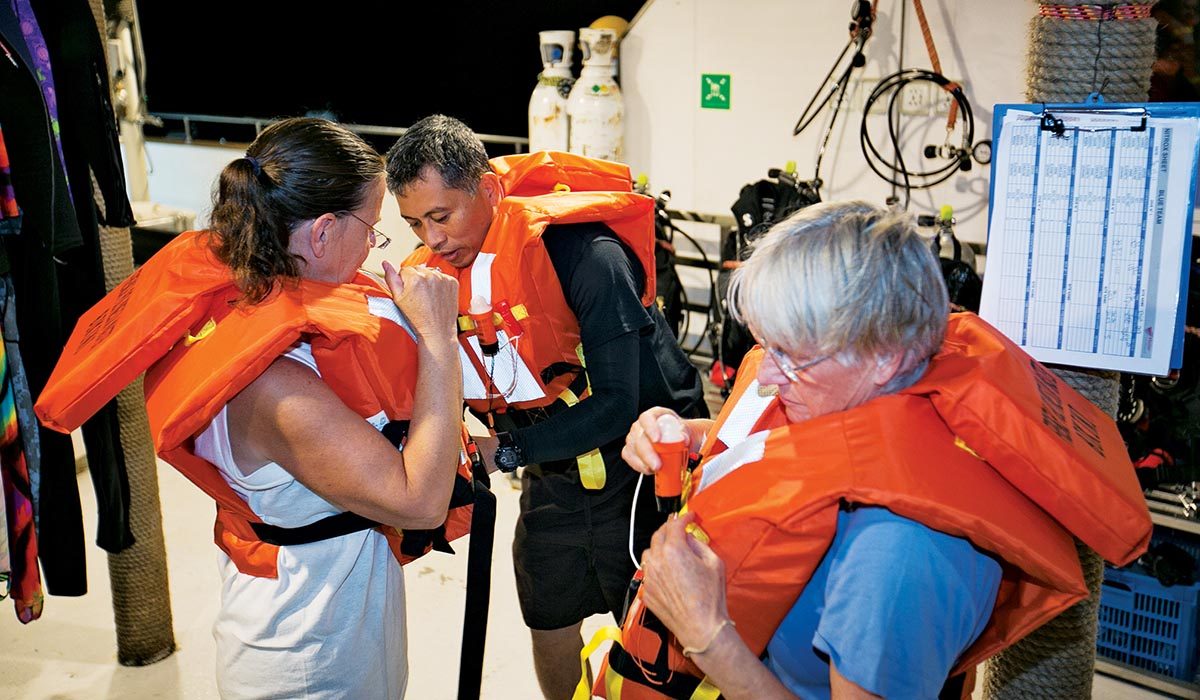
You know what risks exist and you made a good emergency plan. But, do you know how to execute that plan properly?
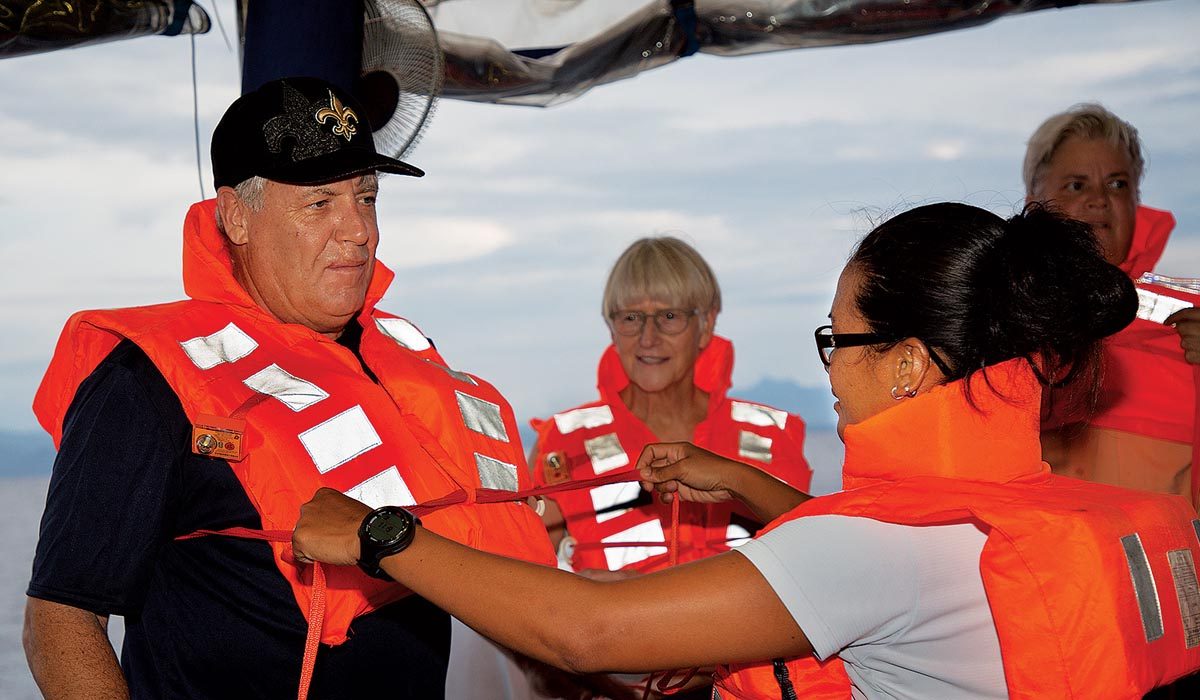
Fires can happen anywhere and the dive industry is susceptible. To better manage the risks of fire, here’s what dive pros need to consider with fire safety.
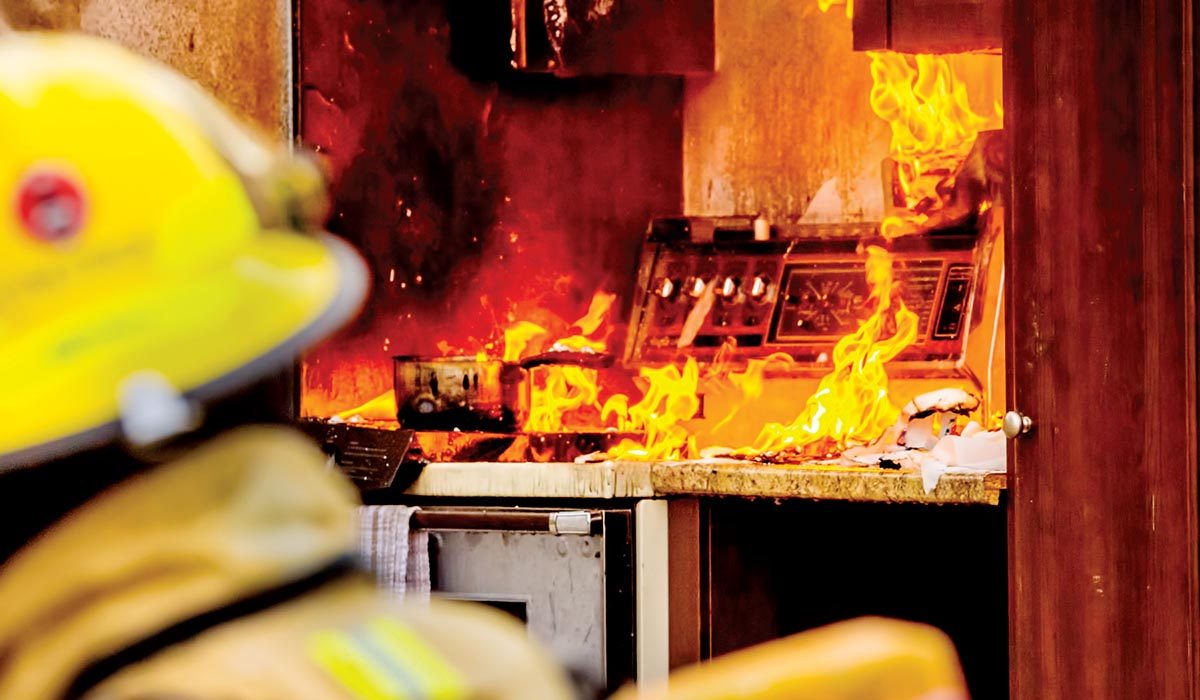
Don’t wait until disasters strike to wish you had proper fire safety protocols in place. Part two of this fire safety series covers fire extinguishers and more.
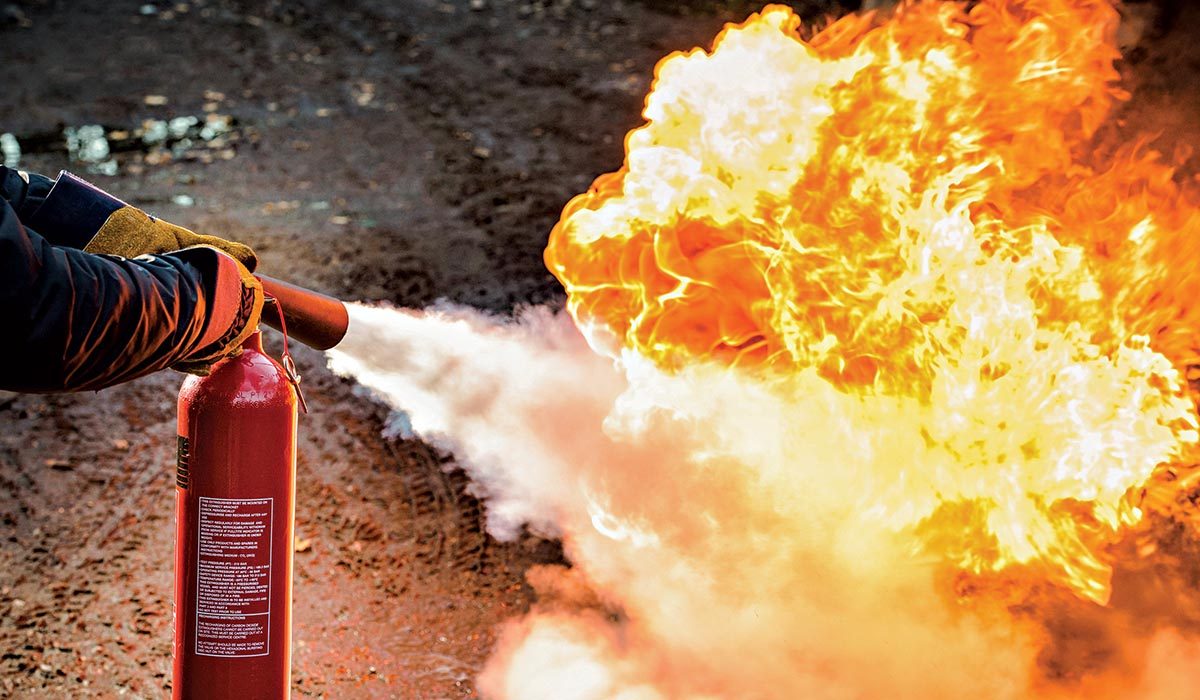
It’s easy to get complacent about performing routine equipment maintenance because we think expensive equipment should be made to last longer or that we’ll have more time to do it later. But planned maintenance is key to preventing equipment failures.

Dive businesses, professionals, divers and the broader dive community can be active in their work to protect the environment. Through education, interventions, awareness and other simple steps, we all can work together to support and protect the environment.
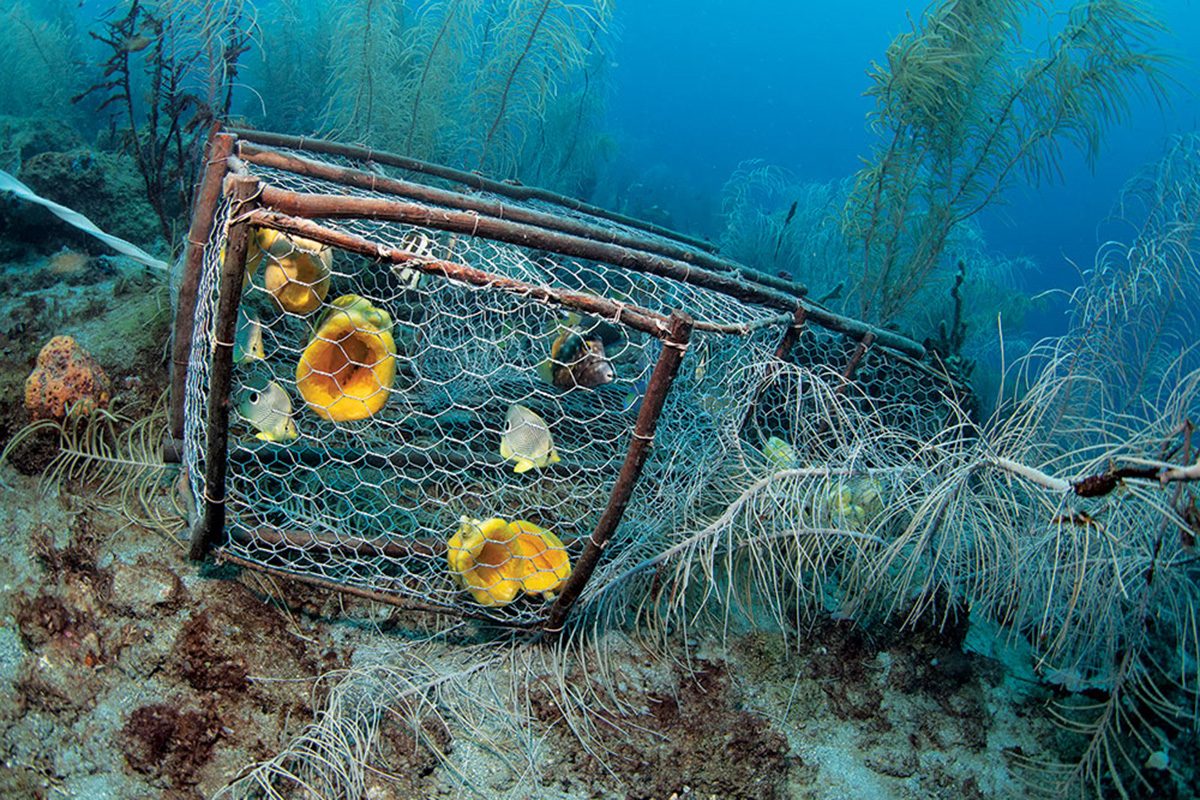
Dive operators and professionals can refuse service to any potential diver if the decision is based upon sound, consistent and safety-related reasons. Read these considerations.
